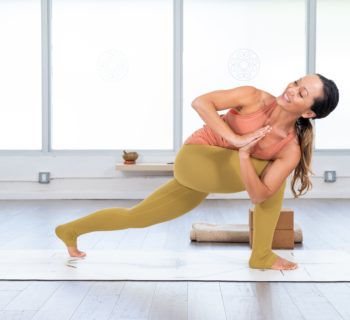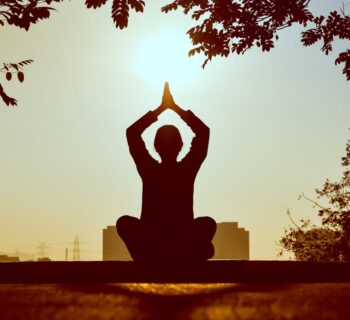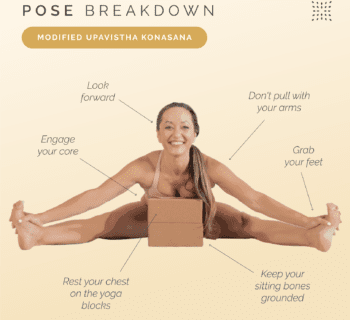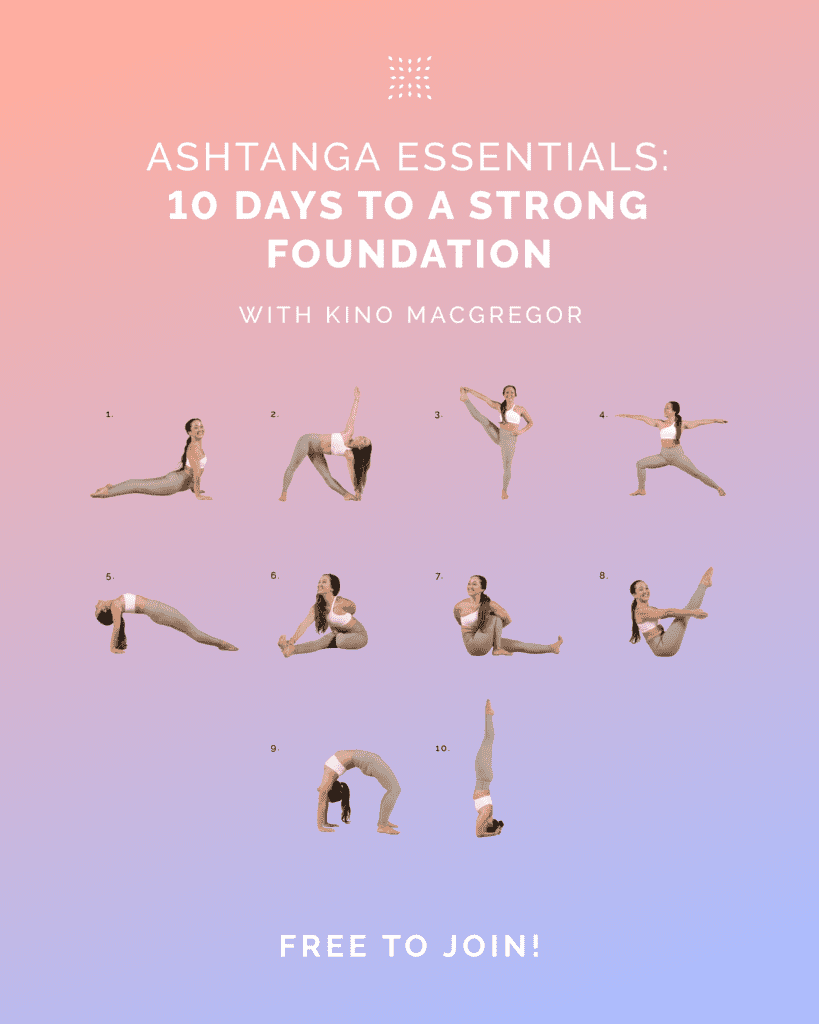When our phones “connect us” to everything, but disconnect us from life itself, the simple act of noticing can change your life — if you let it.
I don’t know about you but most days are entirely made up of staring at screens — big screens, little screens, fun screens, work screens — a day totally devoid of the magic of being alive. Just blue light pixels, parasocial relationships and infinite scrolling. There’s certainly not enough sweetness, goodness, or LIFE in my day.
Screen time isn’t life – yet, if an impartial species observed us like lab rats, they’d conclude without a doubt that our existence is driven more by information consumption than by genuine connection.
The average American spends 7 hours and 11 minutes behind a screen, every single day. Which equals about ⅓ of our lives. (Another ⅓ is spent asleep, which is actually necessary for life.)
In 1986, we processed 5 TIMES LESS information every day, than we do now. Where are we going to be by 2050?
This is why I’ve committed to learning how to savor things and notice life around me. Because the wind blowing through my curtains at 3 pm on a Tuesday while the sunlight dances across linen fabric and a cardinal sings outside, is so much sweeter than scrolling depressing and anxiety-inducing headlines.
In a world that is anything but peaceful, acquainting yourself with the art of noticing becomes a form of nourishing, peaceful protest.
The Art of Noticing & Mindfulness
When you notice the smaller things more, your days feel longer and richer, your creative wells regenerate and you approach problems more calmly.
These calming, meditative-like side effects occur because you must slow down to notice. You must ground yourself to notice. You can’t do this while moving at warp speed.
So, yes this art of noticing is really, just mindfulness in a different outfit.
But it’s more approachable. It’s action-oriented.
While I love mindfulness and the roots of the practice, the word is thrown around so often that it can start to lose its meaning. Almost like, “Yeah I meditated before, I get it.”
But mindfulness, and the art of noticing is a practice, it’s a verb, it’s something you do. For me, noticing is an easier on-ramp to handle than “mindfulness” — for beginners, the state of mindfulness can be way too abstract.
But noticing? Yeah, I can do that.
So, here are some ways you can put this art of noticing into action so that your days might be less defined by big screen, little screen, and more often bookended with the life and magic of being truly present.
5 Ways to Practice the Art of Noticing For A More Pleasure-Filled Life
The act of “noticing” is both an active engagement and a sustained state of presence.
Here are a bunch of ways, besides meditation, to practice the art of noticing for a more pleasure-filled life.
Habit Stack It:
A reliable way to incorporate new habits into your life is to “habit stack”. To add a new habit, like noticing, try to hitch it to a wagon already in use. In other words, smush together a habit you already do every day and a new habit, using the established habit as your touchstone.
Here are some ideas for using your daily routine as an invitation to begin noticing:
-
- Morning: As you start your day, take a moment to notice the environment around you. Feel the morning air on your skin, listen to the early sounds of the day—be it birds chirping or the city waking up—and observe the light as it shifts with the sunrise.
- Breakfast Al Fresco: If possible, enjoy your breakfast outside or near a window with a view. As you eat, observe the movements and changes in your surroundings. Notice the colors of the sky, the activities of wildlife or people, and how the natural light enhances the setting.
- Mindful Commute: During your commute, make it a point to disconnect from digital distractions and tune into the world around you. Observe the transitions in the landscape, the architecture, and the varying sounds of your route.
- Midday Pause: At midday, engage with your immediate environment, whether you’re indoors or outdoors. Feel the textures around you—touch the surfaces of tables, chairs, or even the walls. Notice the temperature, the smells, and the sounds that fill your midday space.
- Evening Wind-Down: As the day closes, take a walk or simply stand outside for a few minutes. Feel the air on your skin. Observe the changing evening light, and notice how your environment transitions from day to night. Listen to the evening sounds around you and try to identify any new scents or breezes that evening brings. Notice how the natural world starts to fall asleep for the day.
Noticing & Mindfulness Exercises:
- Noticing Body Scan: Begin or end your day with a body scan, which involves slowly moving your attention through various parts of your body and simply noticing. Notice any sensations, tension, or discomfort without trying to change anything. This practice can help you develop a keen awareness of bodily sensations and aid in relaxation. This is very grounding and great for anxiety.
- Deep Breathing: Incorporate deep breathing exercises into your routine. Focus on breathing deeply for three minutes, using your breath as an anchor whenever you find your mind wandering. This can be a quick and effective method to center yourself and combat stress. Try to commit to a set number of deep breaths, morning and night. I started with 3. Three deep breaths in the morning, three at night. You’ll be amazed how this can adjust your mind speed.
Integrative Practices:
Choose a fun routine activity that you will perform mindfully each day. This could include:
- Take Photos or Videos: If you’re inclined, capture the moment. This can help you notice but also take action at the same time. Then after a while, you’ll see yourself noticing without the camera or phone –taking a mental snapshot of something beautifully mundane.
- Noticing While Eating: Engage fully with the experience of eating. Notice the texture, taste, and aroma of your food. Appreciate the effort that went into preparing your meal and focus on the sensations of eating without distraction.
- Noting While Walking: Use your commute or daily walk to practice mindfulness. Pay attention to each step, the movement of your body, and the sights and sounds around you. This can transform a routine walk into a rich, sensory experience.
- Nature Walks: This is a great one because you can combine so many noticing practices here. You can notice while walking, notice and capture a photo or video, walk your dog and notice how they perceive the world, notice the smell of the air, or even the taste of an iced coffee you brought along for the ride.
The Art of Noticing Is Revolutionary
These practices are really nothing short of revolutionary if your days, like mine, are often taken up by screen after screen. Sometimes we just consume other people’s thoughts, or experiences rather than just experiencing life ourselves.
The art of noticing is counter-culture, here in the West. The art of noticing is fuel for contentment, spiritual pursuits, and art-making.
The art of noticing is an accessible way of actively participating in life, even when it seems to be speeding past us.
By Lauren Johnson

Lauren is a writer, entrepreneur, and CEO of the intimate wellness company BerryLemon. When she’s not sparking conversations about intimacy, Lauren writes about mindfulness, ADHD, and career psychology.
Image by brittywing from Pixabay










